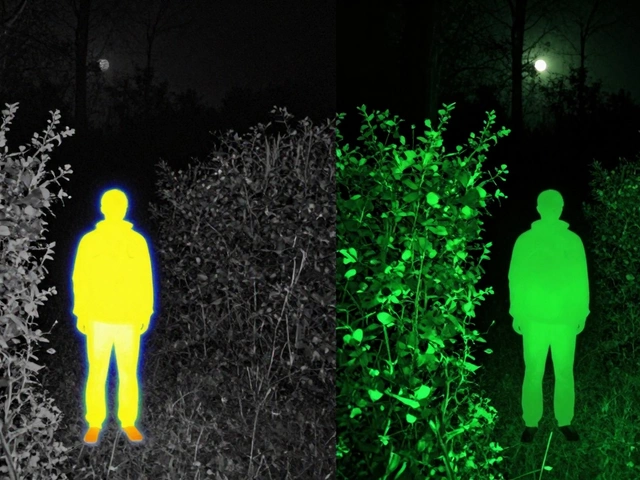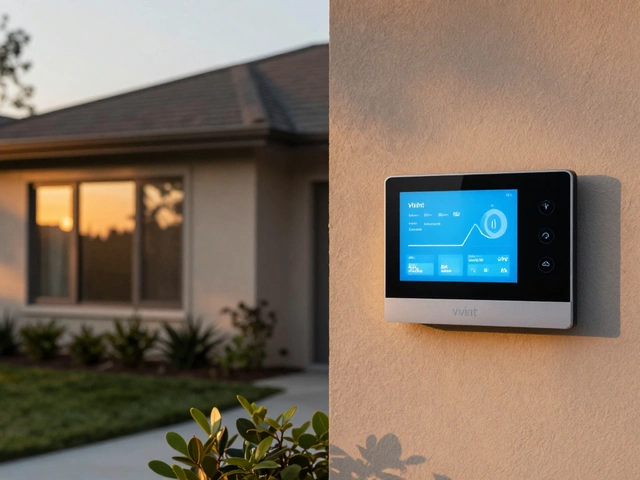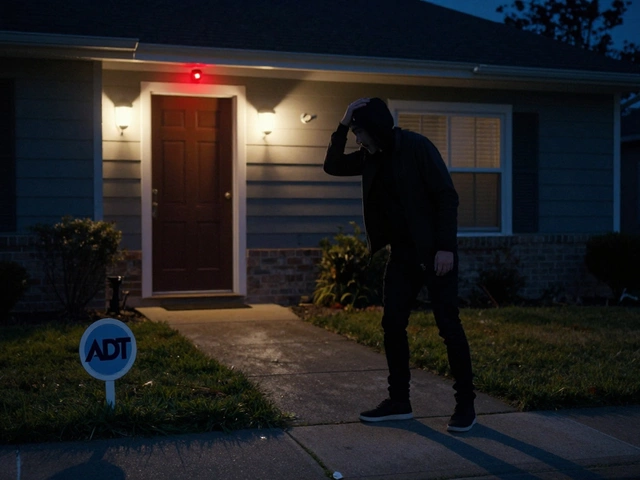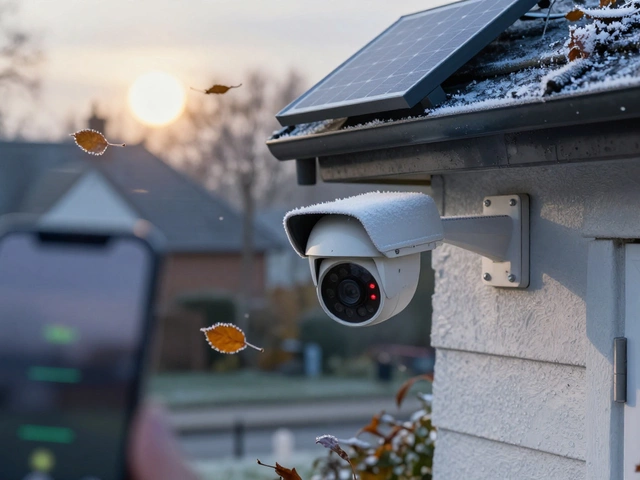Nighttime Safety Tips: Keep Your Home Secure After Dark
When the lights go out, many of us feel a little uneasy. The good news is that a few simple changes can make your home much harder for a burglar to target. Below you’ll find easy‑to‑apply ideas that work whether you live in a house, a flat or a shared block.
Light Up the Perimeter
The first line of defence is good lighting. Motion‑activated floodlights on driveways and back gardens scare off anyone who might be lurking. They’re cheap, use little power and only turn on when movement is detected, so you won’t be paying for a constantly bright yard. If you have pathways, add low‑profile LED strips that glow when someone steps on them. This gives you a visual cue and lets neighbours see activity.
Smart Doorbells and Cameras
A smart doorbell does more than ring when someone presses it. It records video, sends a push alert to your phone and can even talk to the visitor. Choosing a wired model means you won’t have to worry about battery life, while battery‑powered versions give you flexibility on placement. If you’re unsure whether you need Wi‑Fi, remember that most doorbells need a stable connection to store footage in the cloud. For backup, pick a camera that also records to a local SD card.
Indoor cameras work best when they’re placed near entry points – front door, back door and any sliding windows. Look for models with night‑vision; infrared LEDs let the camera see clearly in total darkness. Dual‑tech motion sensors (PIR plus microwave) reduce false alarms caused by pets or passing cars, ensuring you only get alerts for real movement.
Alarm Systems Without a Phone Line
Old alarm panels required a landline, but modern systems use cellular or broadband connections. If your internet goes down, many providers switch to a backup cellular signal, keeping the alarm online. Check whether the provider offers an offline mode that still triggers a siren locally. A loud siren can scare off an intruder even if the monitoring centre can’t be reached.
Secure Windows and Doors
Strong locks are a must, but often windows are the weak link. Install a small sensor on each window that alerts you if it’s opened. Reinforced glass or security film makes it harder to break. For sliding doors, place a metal rod in the track to stop the door from being lifted off its rails.
Neighbourhood Watch and Community Apps
Never underestimate the power of a watchful neighbour. Let nearby residents know when you’ll be away for an extended period. Community apps let you share live video feeds or alert a neighbour if a motion sensor goes off. The extra pair of eyes often deters a would‑be thief before they even reach your door.
Putting these steps together creates a layered defence that works even in the darkest hours. Bright lights draw attention, smart devices record and alert, alarms sound the warning, and a supportive community adds the final layer of protection. Start with one or two changes this week – a motion‑sensor light and a smart doorbell – and build from there. Your home will feel safer, and the chances of a nighttime break‑in will drop dramatically.






